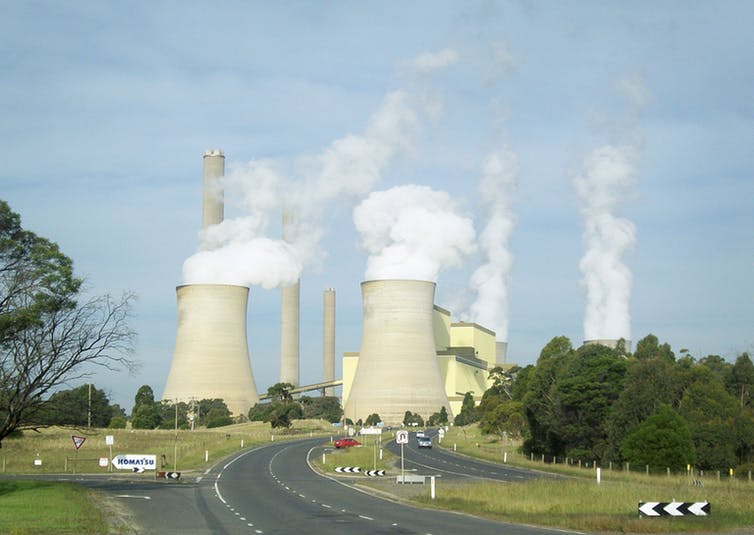Australia’s ageing fleet of coal and gas-fired power plants are becoming increasingly unreliable and inefficient, suffering break downs at least twice a week on average, a new report has found.
The report, published by IBISWorld on Tuesday, says that Australia’s gas and coal-fired power plants broke down an average of once every 3.2 days over the two years through December 2019.
This is a significant concern, the report notes, in light of the fact that Australia still gets more than 80 per cent of its energy from fossil fuels – and around 60 per cent from coal-fired plants – and considering these plants aren’t getting any younger.
“The major problem with Australia’s reliance on coal fired power plants is the age and efficiency of the infrastructure,” said IBISWorld senior industry analyst James Caldwell.
“Approximately half of Australia’s fleet of coal-fired power stations, generating over two-thirds of generating capacity, are over 30 years old.
“This trend presents a number of problems, primarily that these plants are no longer reliable,” Caldwell said.
The unreliable nature of Australia’s ageing coal plants – particularly when they’re needed the most, in summer heatwaves – has been well documented by RenewEconomy, including as a major point of concern for the Australian Energy Market Operator.
In its annual Electricity Statement of Opportunities last August, AEMO said its biggest fear was the “deterioration of reliability of ageing thermal generators”, particularly in the extreme summer heat.
And just last month, AEMO reassured consumers that the risk of power outages over the summer had been reduced by the surge in solar installations in the past 12 months.
AEMO chief Audrey Zibelman said the market operator was “pleased to see” 3,700 megawatts (MW) of increased generation in the National Electricity Market, with rooftop and grid-scale solar generation representing approximately 90 per cent of this increase.
“The introduction of these resources delivers a welcomed improvement to reliability and reduces the need to procure further out of market reserves,” Zibelman said.
Despite all of above, “lack of reliability” remains one of the key criticisms levelled at renewable energy generation sources like solar and wind, particularly by pro-coal lobbyists in both industry and government.
This small but noisy group, which includes numerous high-profile members of the federal Coalition government, claims that so-called “baseload” generation from coal and gas – and failing those, nuclear – are the way forward for Australia’s grid.
Nuclear power, in particular, has been enjoying another “moment” in Australian politics, with a recent federal parliamentary inquiry pushing to re-open the case for introducing it to the NEM as a “clean” baseload replacement for coal.
But, in line with most of the evidence to the parliamentary inquiry, IBISWorld concludes that “significant obstacles” – including cheap and abundant renewables – make nuclear a non-starter Australia.
“The development of nuclear power facilities in Australia would come at great cost, and likely drive an increase in electricity prices,” Caldwell said.
“Despite being more reliable, the high establishment costs of nuclear power would ensure this method of electricity generation would be uneconomical, especially against the falling cost of renewable energy.
“As renewable sources of energy continue to become more competitive and ramp up capacity, the wholesale price of electricity is expected to decline,” Caldwell said.










